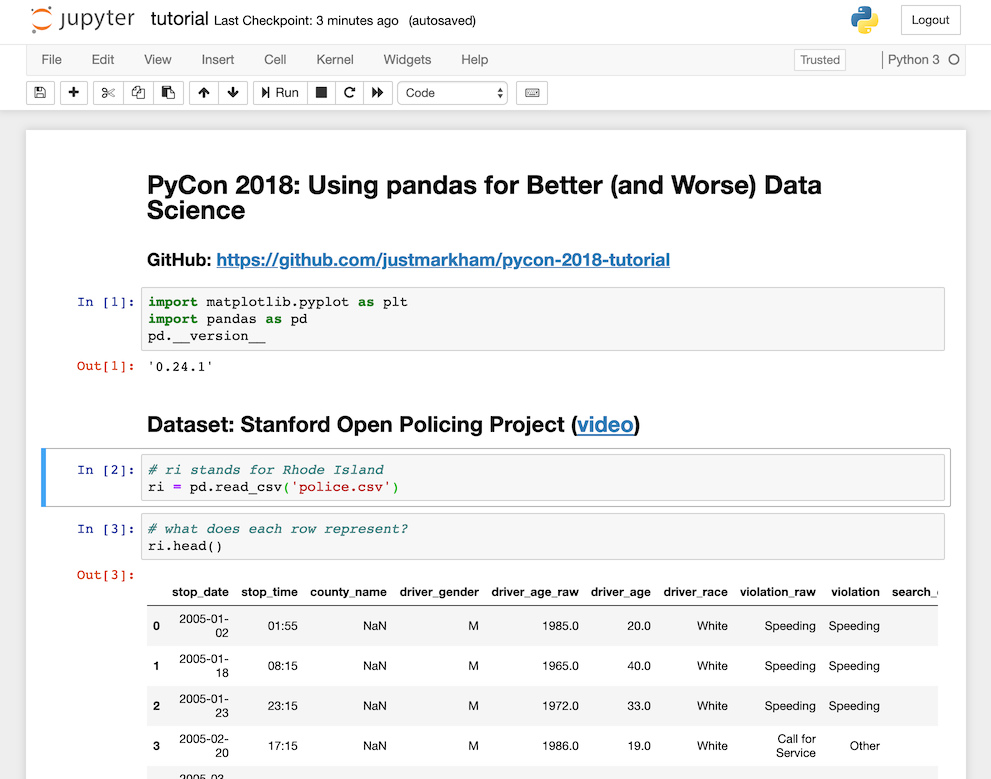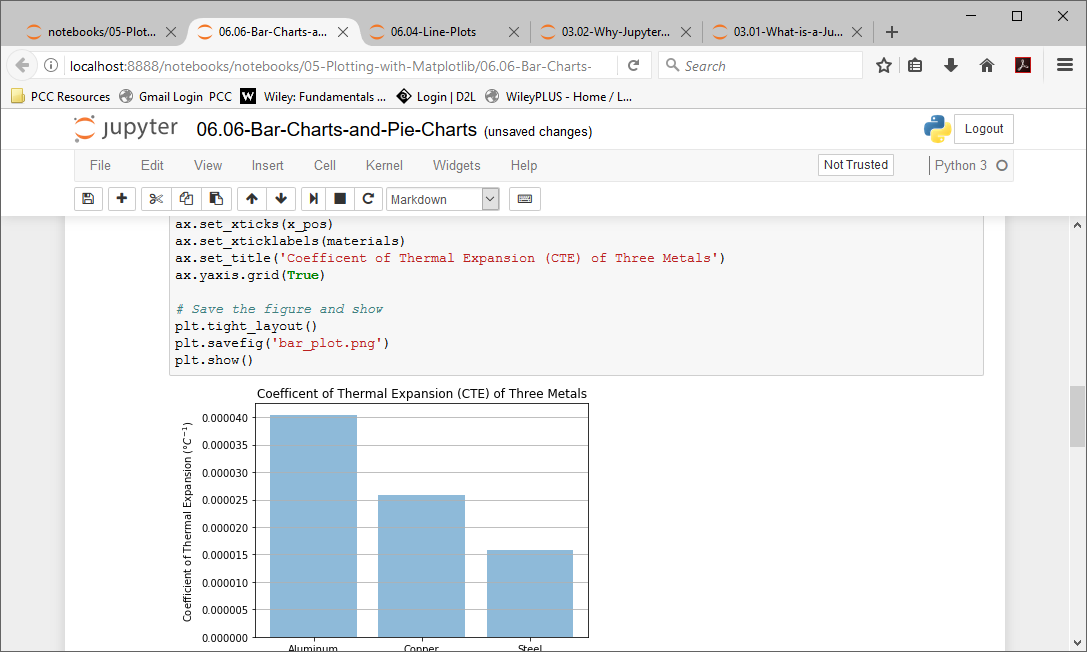


In this case, "notebook" or "notebook documents" denote documents that contain both code and rich text elements, such as figures, links, equations. (To practice pandas dataframes in Python, try this course on Pandas foundations.) What Is A Jupyter Notebook? The best practices and tips that will help you to make your notebook an added value to any data science project!.
#JUPYTER NOTEBOOK HOW TO#
A practical introduction to the components that were covered in the first section, complete with examples of Pandas DataFrames, an explanation on how to make your notebook documents magical, and answers to frequently asked questions, such as "How to toggle between Python 2 and 3?", and.An overview of the three most popular ways to run your notebooks: with the help of a Python distribution, with pip or in a Docker container,.The history of Jupyter Project to show how it's connected to IPython,.A basic overview of the Jupyter Notebook App and its components,.We chose to use Pandas dataframes because they can be sliced, queried, summarized and graphed with a few lines of code. Distiller provides summaries, which are Pandas dataframes, which contain statistical information about you model. jupyter/compression_insights.ipynb: This notebook is packed with code, tables and graphs to us understand the results of a compression session.jupyter/compare_executions.ipynb: This is a simple notebook to help you graphically compare the results of executions of several experiments.jupyter/jupyter/agp_schedule.ipynb: If you are using the Automated Gradual Pruner, this notebook can help you tune the schedule.Graph a few LR-decay policies to see how they behave. jupyter/interactive_lr_scheduler.ipynb: The learning rate decay policy affects pruning results, perhaps as much as it affects training results.jupyter/sensitivity_analysis.ipynb: If you performed pruning sensitivity analysis on your model, this notebook can help you load the results and graphically study how the layers behave.Study which layers are compute-bound, and which are bandwidth-bound, and decide how to prune or regularize the model. Examine the sizes and properties of layers and connections. jupyter/model_summary.ipynb: Begin by getting familiar with your model.We compare distributions, performance, statistics and show some visualizations of the weights tensors. jupyter/alexnet_insights.ipynb: This notebook reviews and compares a couple of pruning sessions on Alexnet.jupyter/L1-regularization.ipynb: Experience hands-on how L1 and L2 regularization affect the solution of a toy loss-minimization problem, to get a better grasp on the interaction between regularization and sparsity.Roughly, the notebooks can be divided into three categories. We welcome new ideas and implementations of Jupyter. They are provided as tools that you can use to prepare your compression experiments and study their results. The Distiller Jupyter notebooks are located in the distiller/jupyter directory. $ jupyter-notebook -ip=0.0.0.0 -no-browser
#JUPYTER NOTEBOOK FREE#
The example below tells the server to listen to connections from any IP address, and not to launch the browser window, but of course, you are free to launch Jupyter any way you want.Ĭonsult the user's guide for more details. There are all kinds of options to use when launching Jupyter which you can use. To enable Qgrid: $ jupyter nbextension enable -py -sys-prefix qgrid Qgrid is a Jupyter notebook widget that adds interactive features, such as sorting, to Panadas DataFrames rendering. You may want to refer to the ipywidgets extension installation documentation.Īnother extension which requires special installation handling is Qgrid. However, to use the ipywidgets extension, you will need to enable it: $ jupyter nbextension enable -py widgetsnbextension -sys-prefix Jupyter and its dependencies are included as part of the main requirements.txt file, so there is no need for a dedicated installation step. The Jupyter notebooks environment allows us to plan our compression session and load Distiller data summaries to study and analyze compression results.Įach notebook has embedded instructions and explanations, so here we provide only a brief description of each notebook.


 0 kommentar(er)
0 kommentar(er)
